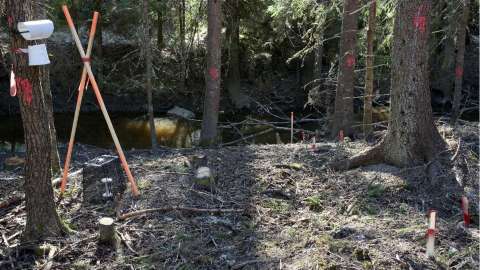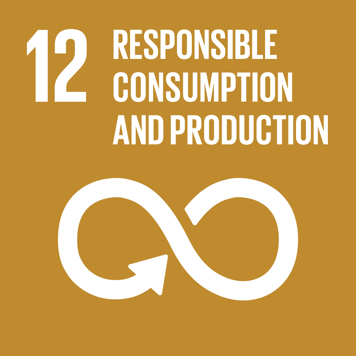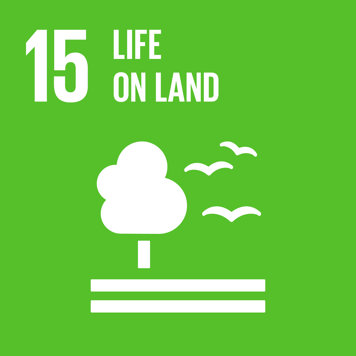Increased ecological functionality of streamside forest by thinning?

The tree species composition of the streamside forest is important for its function. A general recommendation is to increase the proportion of broadleaved trees in single-layered spruce-dominated streamside forests and to start this change early in the rotation (Hasselquist et al. 2021). This approach will enhance the ecological functionality of the streamside forest and better protect the streams after harvesting.
How should this be accomplished and what is the outcome of different types of management? The impact of different thinning regimes of streamside single-layered spruce forest will be investigated at six new field sites. The factors studied are stand characteristics, deadwood, understory vegetation, and microclimate. A new report presents the sites and the pre-treatment conditions. The aim is to follow the sites over the next 20–30 years.
Thinning of streamside spruce forest
During 2022, six field sites were established along small to medium-sized watercourses in single-layered spruce-dominated forest ready for first thinning (with one exception). Four thinning regimes are investigated, namely:
- No thinning (control)
- Thinning according to recommended thinning guides (Gallringsmall för barr och löv)
- Intensive thinning, i.e., harvesting to half the basal area of treatment 2
- All conifers harvested
The thinning treatments were performed on 30 m long and approximately 12 m wide study plots established beside a watercourse. The study sites have four study plots except for one site that accommodated only three plots.

Schematic design of a study plot. The buffers were thinned in the same way as the study plot. The understory vegetation is monitored in 16 vegetation quadrats, each measuring 0.5 m x 0.5 m.
Pre-treatment measurements
Detailed descriptions of the study sites, their experimental design, and pre-treatment conditions are presented in the new report. The investigated thinning treatments are replicated among, but not within, sites. Data on the pre-treatment conditions will make it easier to detect effects of the thinning treatments in future analyses. Therefore, various data were collected before thinning, including stand characteristics, deadwood, composition of the understory vegetation and microclimatic data. These data are presented in the report. Meta data of the sites have been added to the Silvaboreal database.
Acknowledgements
We would like to thank Skogssällskapet, Stora Enso Skog, and Sveaskog for hosting the field sites on their land.
Funding
Funding was granted by Skogssällskapet (project 2021-910: ‘Hur skapa funktionella kantzoner vid gallring?’) and Formas (project 2021-02426, ‘MUST DEFINE: Using a MUltiple STakeholder Dialog and Experiments to reFINE the Swedish Strategic Management Objectives for forest buffers along streams’) led by Lenka Kuglerová (SLU).
Reference
Hasselquist, E. M., Kuglerová, L., Sjögren, J., Hjältén, J., Ring, E., Sponseller, R. A., Andersson, E., Lundström, J., Mancheva, I., Nordin, A., Laudon, H. 2021. Moving towards multi-layered, mixed-species forests in riparian buffers will enhance their long-term function in boreal landscapes. Forest Ecology and Management Vol. 493 Pages 119254. DOI: https://doi.org/10.1016/j.foreco.2021.119254
We will review and publish your comment as soon as possible.











